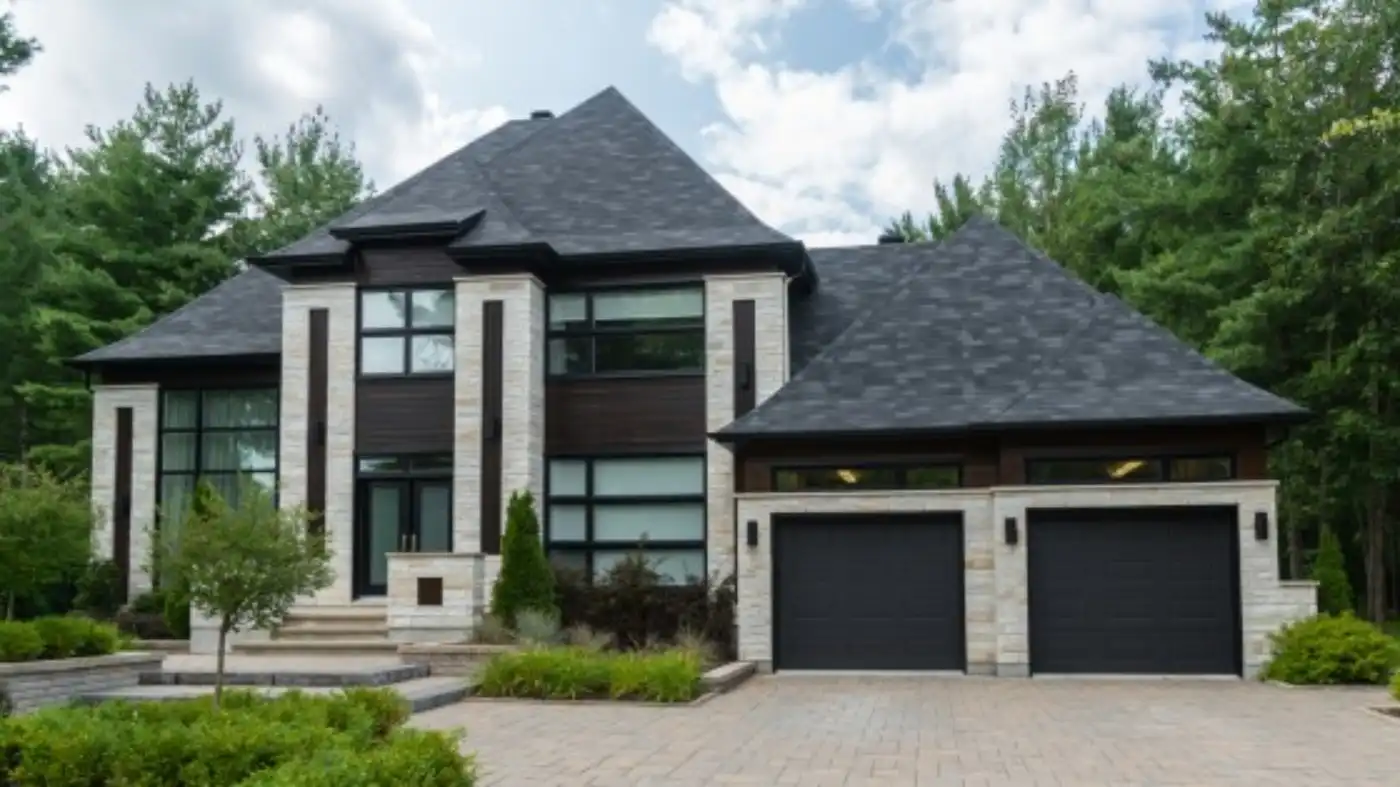As we move further into the 21st century, the landscape of custom home building is undergoing significant transformation. Advances in technology, sustainability practices, and shifting consumer preferences are reshaping how homes are designed and constructed. In this article, we will explore the future of custom home builders, examining the trends and innovations that are set to define the industry in 2024 and beyond.
1. Technological Advancements
Smart Home Integration
The integration of smart home technology is becoming a cornerstone of custom home building. Homeowners are increasingly seeking homes equipped with smart systems that offer convenience, security, and energy efficiency. In 2024, we can expect to see homes with fully integrated smart systems that control lighting, heating, cooling, security, and entertainment with seamless voice commands or smartphone apps. These technologies not only enhance the living experience but also contribute to energy savings and sustainability.
3D Printing and Prefabrication
3D printing technology is revolutionising the construction industry by enabling the rapid production of building components. Custom home builders are leveraging 3D printing to create intricate architectural details and entire structural elements with unprecedented speed and precision. Prefabrication, another significant trend, allows for the assembly of large parts of the home off-site in controlled environments, reducing construction time and minimising waste. These methods are paving the way for more efficient and cost-effective custom home building processes.
Virtual and Augmented Reality
Virtual reality (VR) and augmented reality (AR) are transforming the home design process. These technologies allow homeowners to immerse themselves in a virtual model of their future home, making it easier to visualize the final product and make informed design choices. In 2024, VR and AR will become standard tools in custom home building, enhancing communication between homeowners, architects, and builders and ensuring that the final product aligns with the homeowner’s vision.
2. Sustainability and Eco-Friendly Practices
Green Building Materials
Sustainability is at the forefront of the custom home building industry. Homeowners are increasingly prioritizing eco-friendly materials that reduce the environmental impact of construction. In 2024, we will see a rise in the use of green building materials such as recycled steel, bamboo, reclaimed wood, and sustainable concrete alternatives. These materials not only lessen the carbon footprint but also offer unique aesthetic qualities that appeal to environmentally conscious homeowners.
Energy-Efficient Designs
Energy efficiency is a key consideration in modern custom homes. Builders are incorporating advanced insulation, high-performance windows, and energy-efficient HVAC systems to minimize energy consumption. Solar panels and geothermal systems are becoming standard features, allowing homes to generate their own energy and reduce reliance on traditional power sources. These energy-efficient designs not only lower utility bills but also contribute to a more sustainable future.
Water Conservation
Water conservation is another critical aspect of sustainable home building. Custom home builders are implementing water-saving technologies such as low-flow fixtures, rainwater harvesting systems, and greywater recycling. These systems help reduce water usage and promote sustainable living practices. In 2024, expect to see more homes with integrated water management systems that support conservation efforts without compromising on comfort and functionality.
3. Personalised and Flexible Designs
Adaptive and Flexible Spaces
The demand for adaptable and flexible living spaces is growing. Homeowners want homes that can evolve with their changing needs. In response, custom home builders are designing spaces that can be easily reconfigured. Movable walls, modular furniture, and multi-purpose rooms are becoming popular features, allowing homeowners to adapt their living spaces to different stages of life, from growing families to aging in place.
Biophilic Design
Biophilic design, which seeks to connect occupants with nature, is gaining traction in custom home building. Incorporating natural elements such as large windows, indoor gardens, and natural materials, these designs enhance well-being and create a serene living environment. In 2024, biophilic design will become more prevalent, reflecting the growing desire for homes that promote mental and physical health through a strong connection to nature.
Customization and Personalization
Homeowners are seeking greater control over the design of their homes, leading to an emphasis on customization and personalization. Builders are offering a wider range of options for finishes, fixtures, and layouts, allowing homeowners to create spaces that reflect their unique tastes and lifestyles. Advanced design software and collaborative tools enable a more interactive and personalized design process, ensuring that every detail aligns with the homeowner’s vision.
4. Emphasis on Health and Wellness
Healthy Building Materials
Health and wellness are becoming key considerations in home building. Builders are prioritizing the use of non-toxic, low-VOC (volatile organic compound) materials to ensure healthy indoor air quality. Materials such as natural stone, untreated wood, and low-emission paints contribute to a healthier living environment by reducing exposure to harmful chemicals.
Wellness Spaces
Custom homes are increasingly incorporating spaces dedicated to wellness and relaxation. Home gyms, meditation rooms, and spa-like bathrooms are becoming popular features. These spaces are designed to promote physical and mental well-being, providing homeowners with private sanctuaries where they can unwind and rejuvenate.
Enhanced Ventilation Systems
Advanced ventilation systems are essential for maintaining healthy indoor air quality. Builders are integrating energy-efficient ventilation systems that provide continuous fresh air while removing pollutants and allergens. In 2024, expect to see more homes with sophisticated ventilation systems that enhance comfort and well-being by ensuring a constant supply of clean air.
Conclusion
The future of custom home builders is bright, driven by technological advancements, sustainability initiatives, and a focus on personalization and wellness. In 2024 and beyond, custom homes will be smarter, greener, and more adaptable than ever before. By embracing these trends and innovations, homeowners and builders alike can create living spaces that are not only beautiful and functional but also sustainable and healthy. As the industry continues to evolve, the possibilities for custom home building will expand, offering new opportunities to create homes that truly reflect the needs and aspirations of modern living.
Stay in touch to get more updates & news on Discover Tribune!

